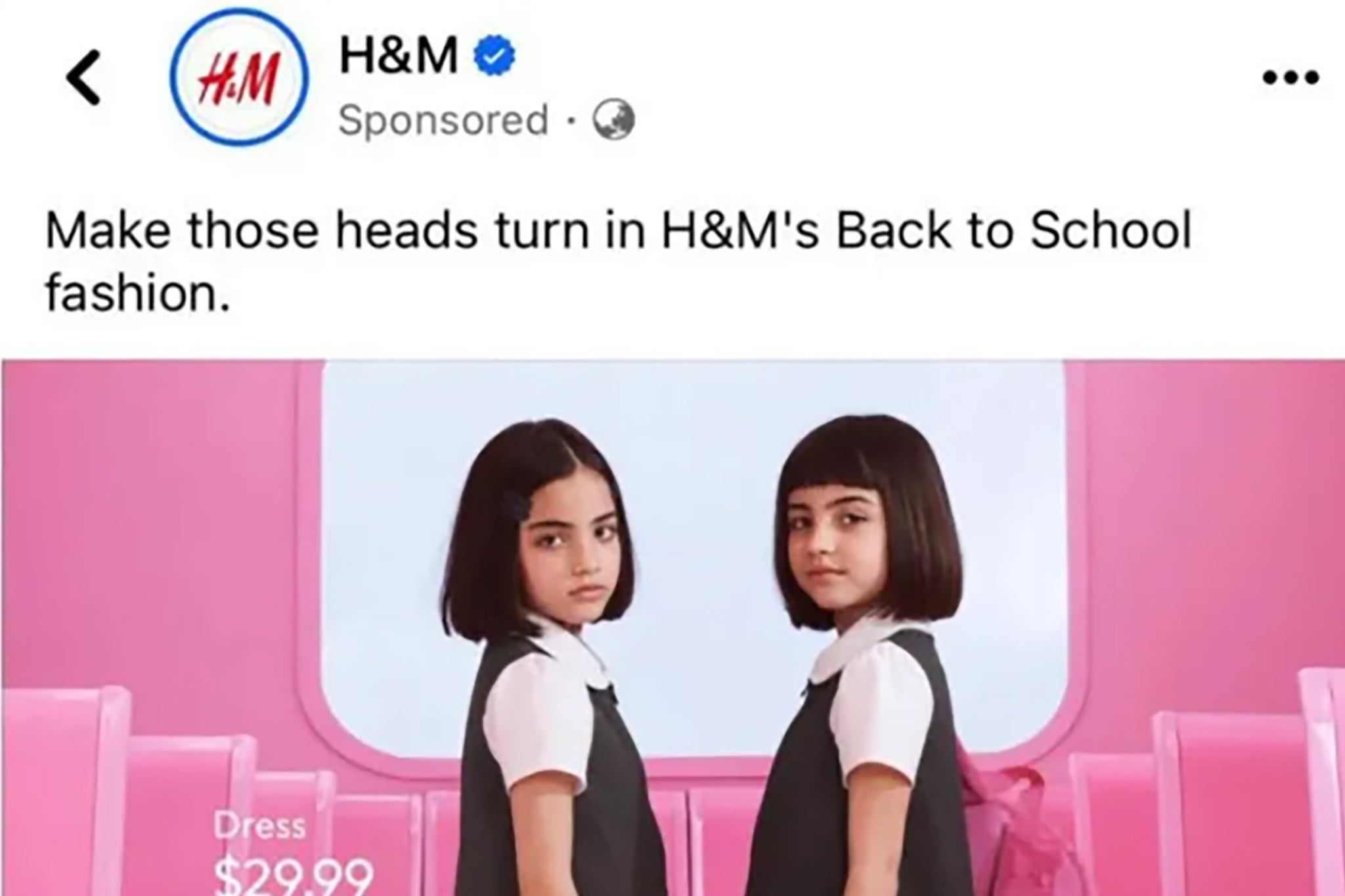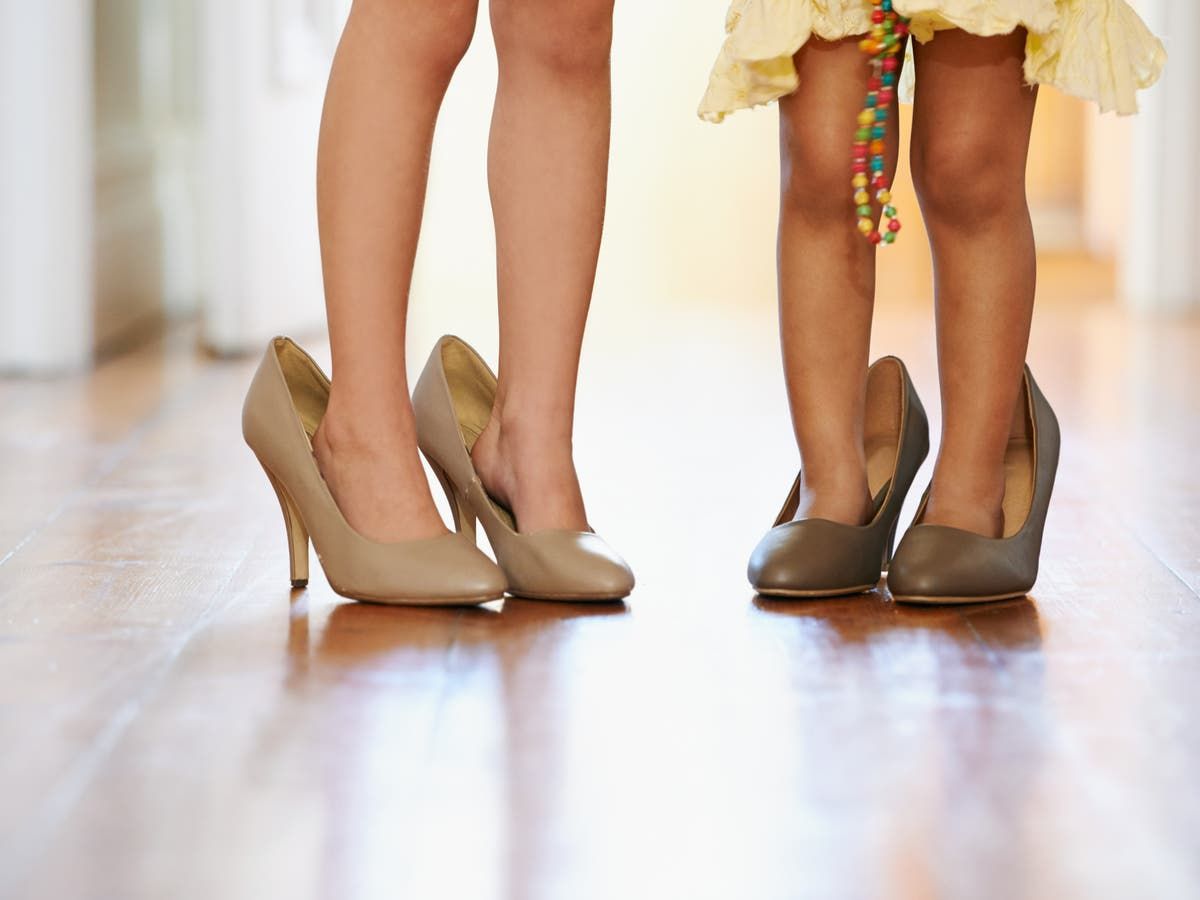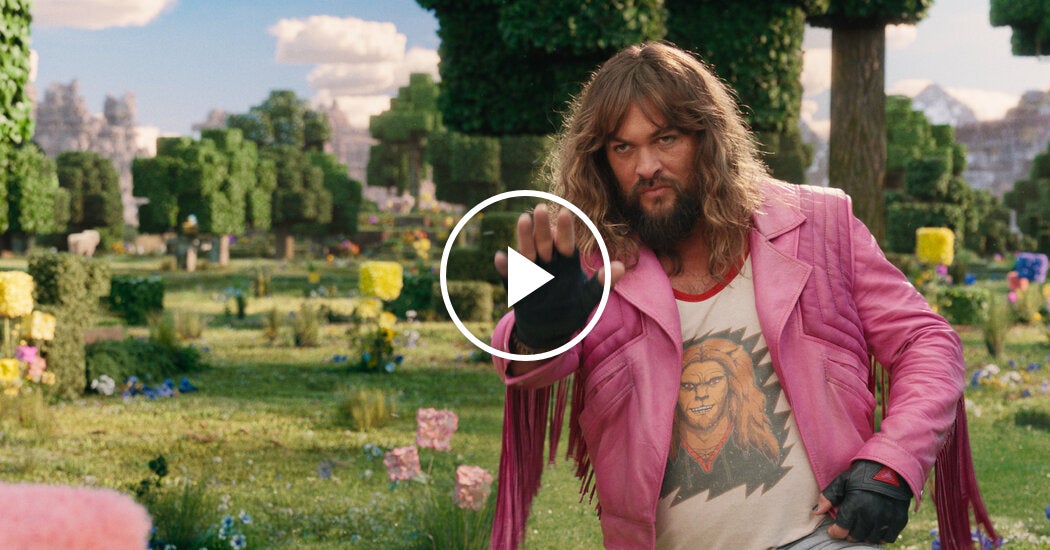Truly support
independent journalism
Our mission is to provide unbiased, fact-based reporting that holds the powerful to account and exposes the truth.
Whether it's $5 or $50, every contribution counts.
Support us in offering journalism without agenda.
northWell, I'm not a fashion designer, but I have some questions for the person who submitted a girls' t-shirt. childrenno women – with the words “The Perfect Snack” on the front and “Take a Bite” on the back, along with two halves of a cut strawberry. I also have questions for the presumably more senior person who heard the idea and said, “Sure, sounds great – get this into production ASAP!”
For someone Zara has surely given the whole thing the thumbs down, leading to the brand’s latest embarrassing PR disaster. One concerned mum posted on TikTok about the T-shirt: “I’m not one to get too sensitive about clothes and this was in the girls section. Wait until you see what’s on the back. If you bought this for your daughter, you need to have a serious talk with yourselves, in my opinion. I’m so shocked. ‘Take a bite’ – is it just me? Or is this not okay?”
Laura Wilson described the shirt, designed for girls aged six to seven, as “very suggestive, vile and dark and not appropriate for a child”, adding that she “would never allow my daughter to walk around with the phrase ‘take a bite’ on the back of her shirt”.
Unfortunately for Zara, Wilson, who goes by the TikTok username “chaos.to.sanity,” has more clout than most on the social platform thanks to her 57,000 followers. Her post quickly garnered over 41,000 views and had nearly 500 comments at the time of writing, many of which expressed a similar sentiment of disgust. After it was pointed out that the term “snack,” in colloquial language, can be used to describe a sexually attractive person, Zara had no choice but to pull the item from stores and issue an apology.
“We did not intend for the use of the word ‘snack’ on this t-shirt to imply anything other than the traditional meaning of the word, as evidenced by the image of a strawberry on the garment,” a spokesperson for the brand said. “However, we now understand that some people have interpreted the term differently. We have therefore removed the t-shirt from stores and our website and apologise for any misunderstanding or offence caused.”
It is the latest in a long line of children’s clothing that has become bizarrely suggestive or hypersexualised over the past 15 years. By 2011, things had become so lurid that some major retailers, including Marks & Spencer, Next, Debenhams, George at Asda and Tesco, agreed to adhere to guidelines banning them from selling clothing that sexualised children under 12. These included thongs, black underwear and padded bras; items for primary school pupils featuring the Playboy bunny logo; and a “Lolita” bed aimed at six-year-old girls (presumably a reference to Vladimir Nabokov’s novel in which the protagonist is a paedophile who preys on his adult partner’s young daughter).

The late 2000s and early 2010s were a strange time, by all accounts. BHS launched a range of “sexy” underwear aimed at under-10s (which was, thankfully, quickly withdrawn); Primark, deemed the worst underwear company by a Channel 4 investigation, was criticised for its own selection of bikinis and padded bras for girls as young as seven; New Look sold 3.5-inch heels for eight-year-olds. Actual slogans on girls’ T-shirts included: “So many boys, so little time”; “From 0 to naughty in 6 seconds”; “Don’t touch what you can’t afford”; and “You want.”
A Mumsnet campaign was launched and a crackdown was launched across the UK, with the then Prime Minister David Cameron going so far as to call some of the children’s items found on the streets “harmful and creepy”. The worst excesses were curbed; times had changed. Or so we thought.
Even before Zara’s latest gaffe, other stories had been making their way back into the press. In 2023, the UK advertising watchdog banned an ad from online retailer Temu for showing a girl aged between eight and 11 wearing a bikini in a pose that was “quite adult for a girl of her age”. In Australia, H&M was forced to pull a school uniform campaign earlier this year because it “sexualised” girls, with the slogan: “Make those heads turn with H&M back-to-school fashion”. In February, Sun Journalist Lynsey Hope has named and shamed Chinese fast-fashion mega-retailer Shein for selling padded bikini tops and “revealing” party dresses and skirts “that barely cover their bums” to girls as young as eight.
“What is even more disturbing is the fact that these skimpy outfits are modelled provocatively, in poses you might expect from a glamour model,” she wrote in an impassioned article attacking the brand. “There is a girl of about six pouting and shaking her legs, another playing with her hair and teenagers with their hands on their hips, cocking their heads.”
The question of sexualization may be subjective, but can you imagine children being offered clothes like this?
Let clothes be clothes
Then there was Matalan’s “Candy Couture” range for girls aged 9-16, which came under fire in 2022 for its off-the-shoulder Bardot dresses, crop tops, tank tops and shorts.
“It’s not prudish to say that these are not children’s clothes – they are short, tight and cropped because they reflect sexual designs for adults. It’s very irresponsible,” activist group Let Clothes Be Clothes said at the time. “We are all about freedom of choice and the question of sexualisation can be subjective, but can you imagine children being offered clothes like this?”
A Matalan spokesperson responded: “We are very conscious and proud of our long-standing role as a responsible family retailer. We always ensure our products are suitable for customers and carefully analyse feedback on all product ranges.
“In this case, these products have proven to be very popular with our customers. We understand that not all products will appeal to everyone, however, we aim to offer a variety of styles so that there is something for all ages.”

But Let Clothes Be Clothes focused on the gap between girls’ and boys’ collections: “Matalan sells these products under the name ‘Candy Couture’, which also includes lip motifs and ribbed Bardot dresses. And the boys? Their section is called ‘Teen Clothes’ and only features practical and comfortable basics, such as hoodies and jeans.”
It's hard to ignore the gender disparity in all of this: it's the sexualization of girls' Fashion remains the focus, not the children’s. This is a broader issue: children’s clothing continues to convey sexist messages based on traditional gender roles. Primark came under fire again in 2022 when novelist Kate Long pointed out on social media that girls’ T-shirts were decorated with slogans such as “Be kind” and “Keep smiling” and encouraged them to “always be perfect”. Meanwhile, boys’ clothes had slogans saying “You are limitless” or “Fearless” and told them to “Make the rules”. (As someone whose two nieces have current obsessions such as Star Wars, Premier League football and, thanks to their father, the Napoleonic Wars, I can’t help but think that whoever came up with these designs has never met a real child.)
You could argue that it’s all about clothes. Does it really matter what children wear, as long as they feel comfortable? Yes, is the short answer. According to research by Girlguiding UK and the Mental Health Foundation, the pressures of “premature sexualisation” and the perceived obligation to wear clothes that made them look older led to many girls experiencing bullying, “stress, anxiety and unhappiness”, and considering self-harm as “normal behaviour”.
It's 2024. Brands need to stop thinking that “sex sells” when it comes to kids and start proactively removing outdated, gendered clothing, and not just because some angry mom with a TikTok account is forcing them to…












